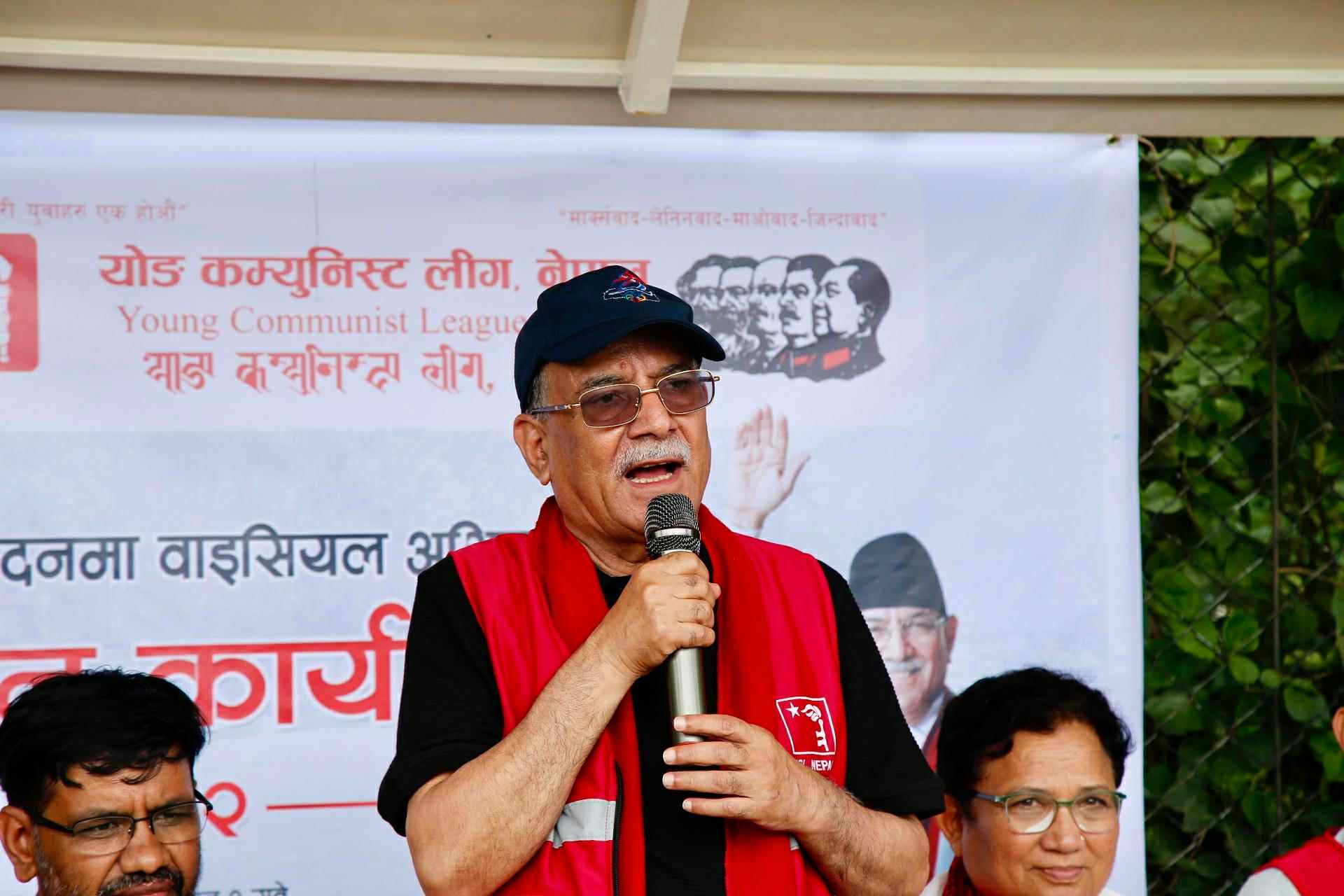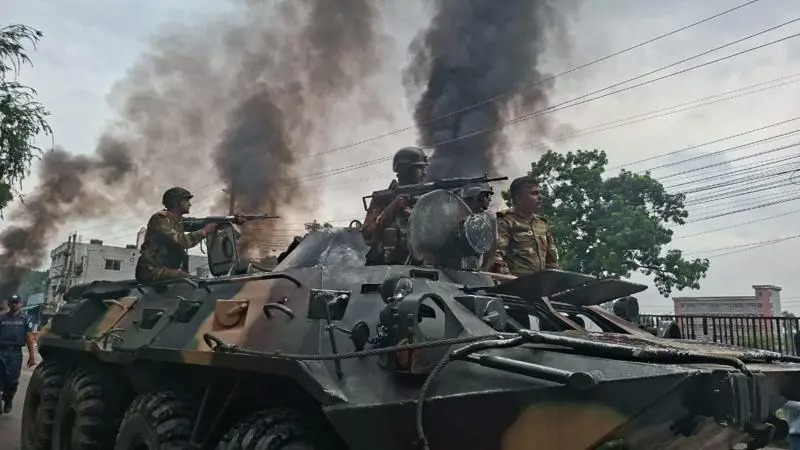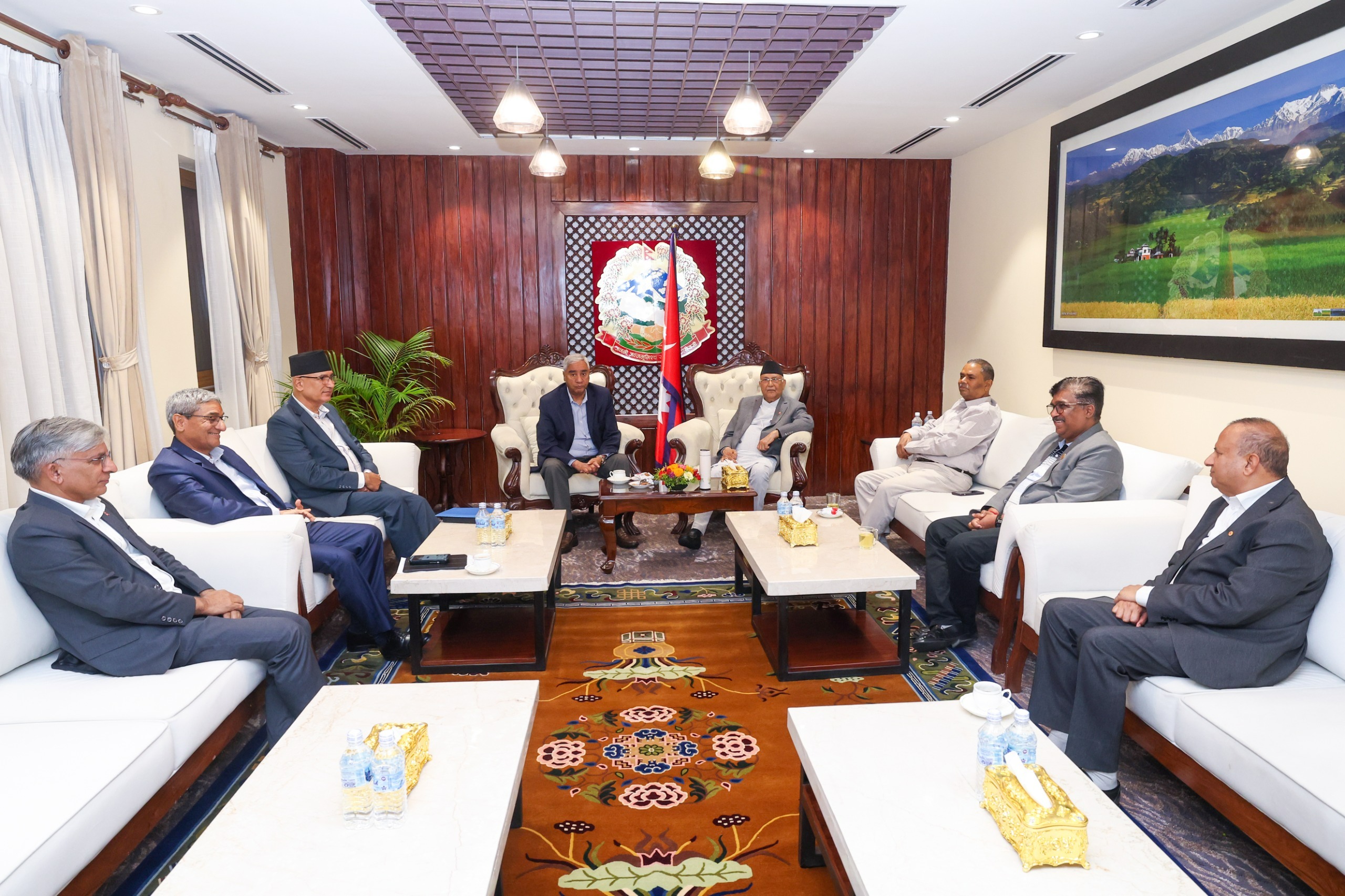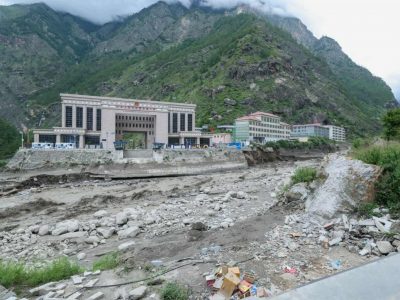The US factor in India-China relations
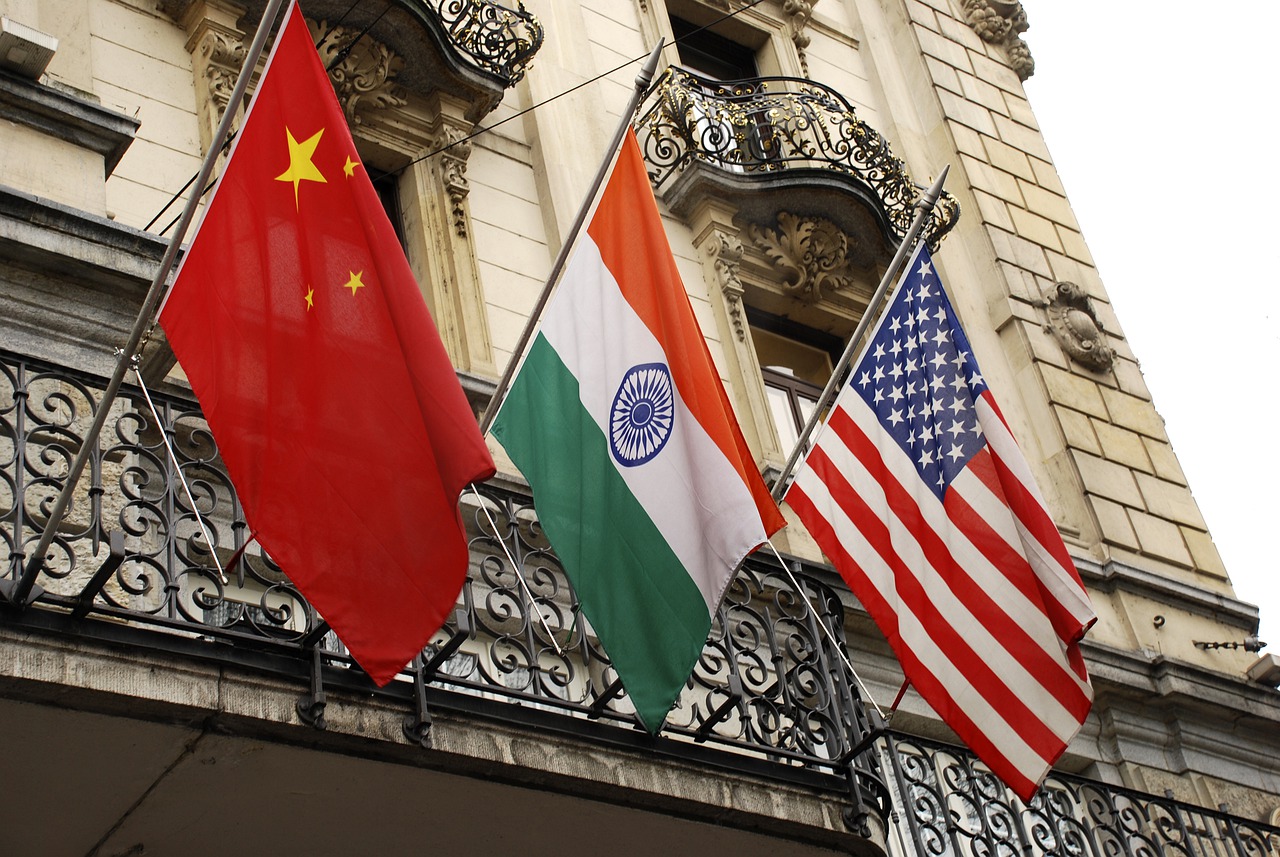
Image Credit: Pixabay.
Kathmandu. The Chinese President has been amping up for the possibility of war, owing to the US plans to supply advanced weapon systems to Taiwan, and due to its border stand-off with India. India, on the other hand, has been increasing its weapon tests, and has deployed a supersonic Shaurya missile to the LAC. These trends have set the future of the geopolitics of the surrounding region in extremely unpredictable lines. The dialogues on disengagement of the state militaries at eastern Ladakh have yet to turn fruitful and US-China relations have dropped to new lows in the past few months.
Amidst these times of general wariness, The Times of India has mentioned that the result of the US Presidential election and the revival of its economy could have an impact on the relations between Beijing and Washington. It noted that the continuation of a Trump administration may maintain the status quo but a Biden administration could have a “moderated” view on China. These developments in turn could affect the dealings of the states with India. Beyond this analysis is the reality that the Indian and Chinese forces have settled down along the Line of Actual Control (LAC) as winter fast approaches in the rough terrain awaiting any perceived violations that may be initiated from the other side.
On the issue of China not recognizing the Union territory of Ladakh, Eliot Engel, Chairman of House Committee on Foreign Affairs of United States commented that China is demonstrating “once again that it’s willing to bully its neighbours rather than resolve conflicts according to international law.” Engel’s perspective is one of the many that has erupted from the US government that have urged India to take up a more active stand against the People’s Liberation Army (PLA), whose moves have been deemed as an example of Chinese aggression.
Recent developments have pointed towards a prolonged conflict for China on both fronts, as the US has firmly planted itself in India’s support. It is a different matter to also consider that while New Delhi and Washington have been cooperating on security and economic matters, India has not actively sought out US assistance to counter China, even though US has extended the offer on many accounts. Both China and India had previously refused to take up Donald Trump on his offer of mediation as well.
It cannot be denied that Beijing has been at the focal point of discussions for all of the states under the quadrilateral alliance or Quad, that includes Japan, India, Australia and the US. The US Secretary of State Mike Pompeo has been especially vocal on Washington’s stance against China, as he accused China’s governing party of “exploitation, corruption and coercion,” during the recent Quad meeting in Tokyo.
With the election results fast approaching in the US, experts in India have held differing views on what a new administration could possibly bring to the table. Taking a note of the campaign contributions that have gone into the democratic funds, C.J. Raja Mohan noted that there could be pressure from major stakeholders to overlook China’s human rights issues and environmental concerns in favor of the economy. The influence of the progressives and certain liberal coalitions might sway Biden towards adopting an “industrial policy” to rebuild “American technological leadership,” akin to the one that the Trump administration has promoted.
There are major issues, some that are attached with historical grievances, at play here. The first and the most clear dimension is that of the LAC, whereby China and India have been engaging in an intense military stand-off since early May. While the foreign ministries of both the states have issued statements regarding the discontent that the respective governments have with the other’s conduct, the matter is nowhere near to the point of absolute resolution. The second dimension is the US-Taiwan link and Mainland China’s frustration with Washington’s continued relations with Taipei. The trade war between Washington and Beijing is a separate issue that has contributed to elevating the tensions to new heights.
Beyond these factors has been Washington’s decision to appoint a senior human rights official, Robert Destro on Wednesday, to monitor the Tibetan issue and initiate effective dialogues with the Chinese government. Destro has been serving under the US Department of State, as the Assistant Secretary for the Bureau of Democracy, Human Rights, and Labor (DRL) since September 2019. Beijing has always been skeptical and has refused to deal with the appointed US human rights officials, claiming it to be a medium of interference in internal state affairs.
Global powers have always had vested interests in the affairs of the regional power networks in Asia. The US is an important actor and it has been cozying up to India. Between trade wars, thinly veiled threats and overall mistrust surrounding the Sino-Indian and Sino-US state relations, a change in the US administration may ease Washington’s relations with Beijing. However, it may not yield results that can create a new avenue within the bilateral conducts between India and China, especially in situations of conflict.
Facebook Comment
latest Video
Trending News
- This Week
- This Month


